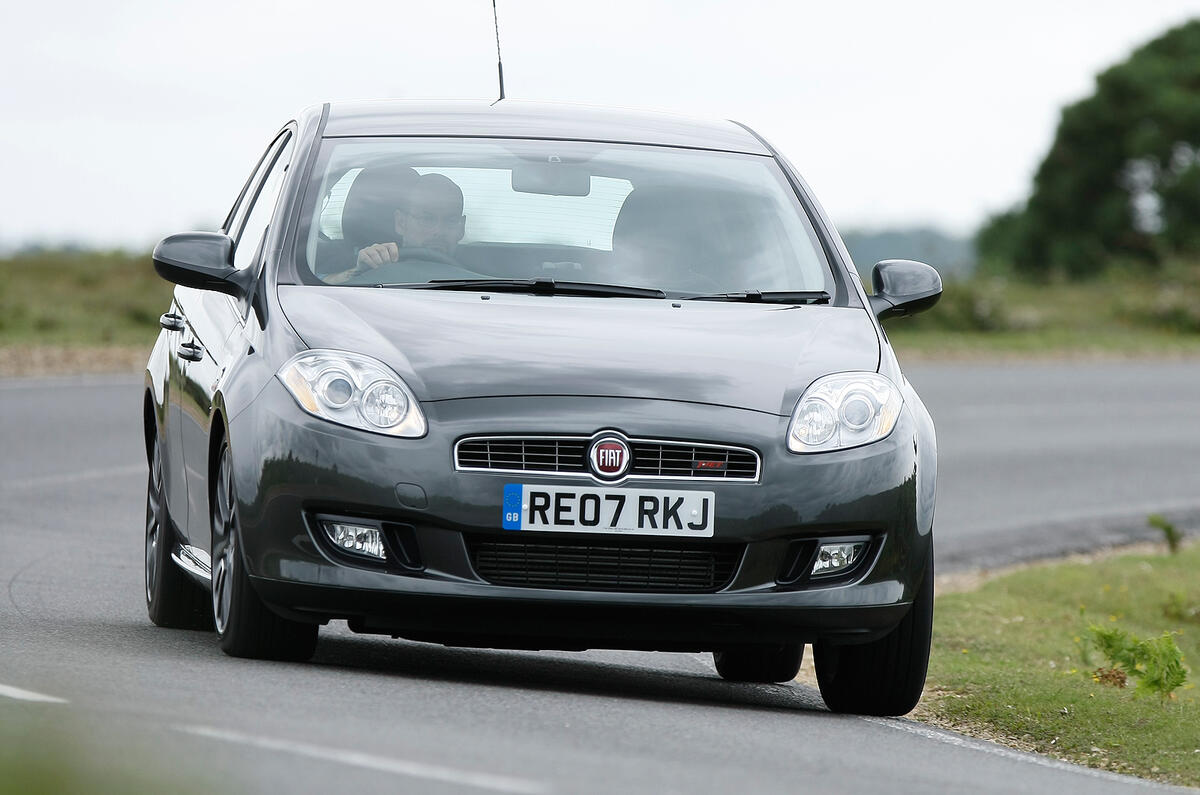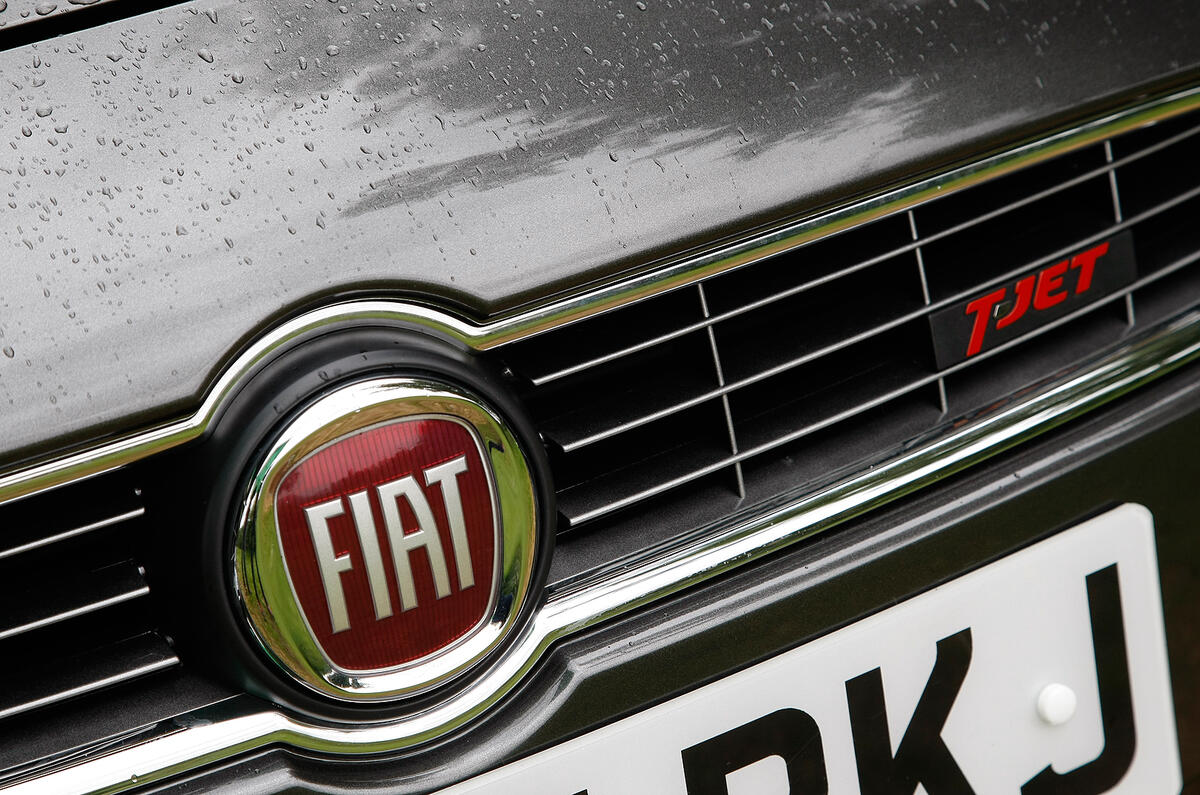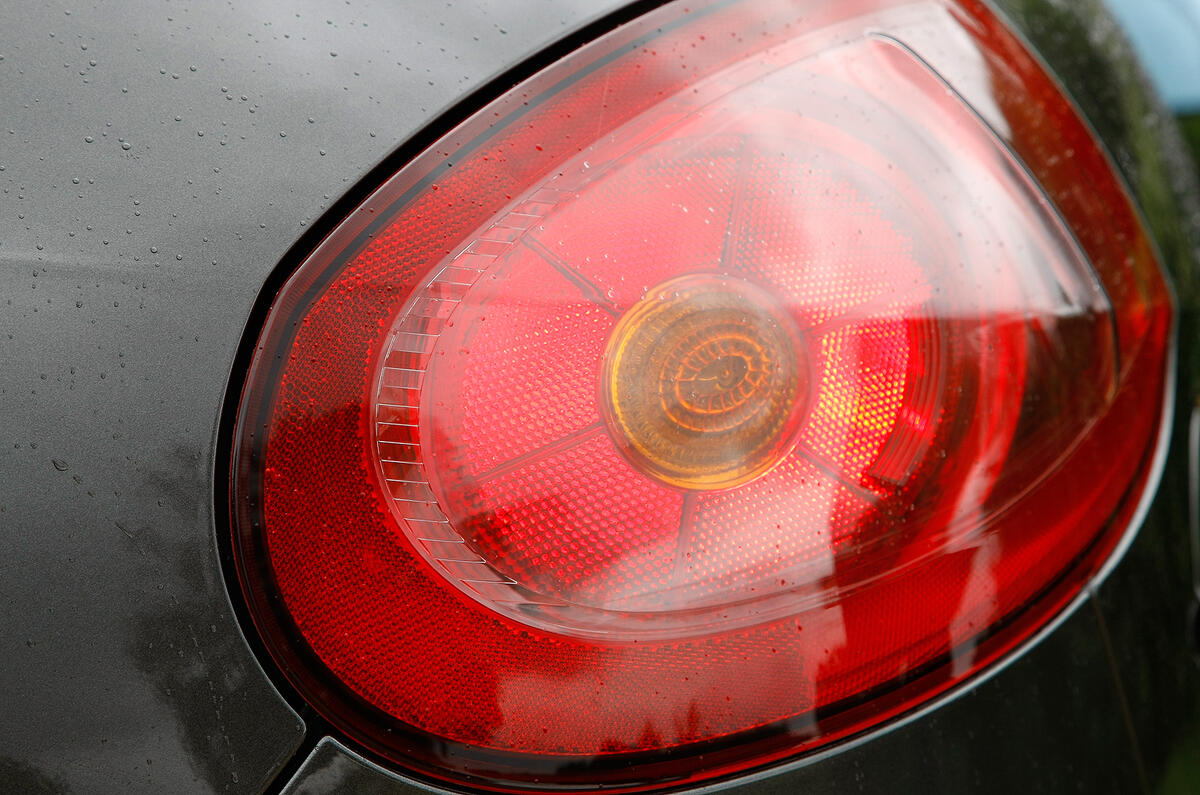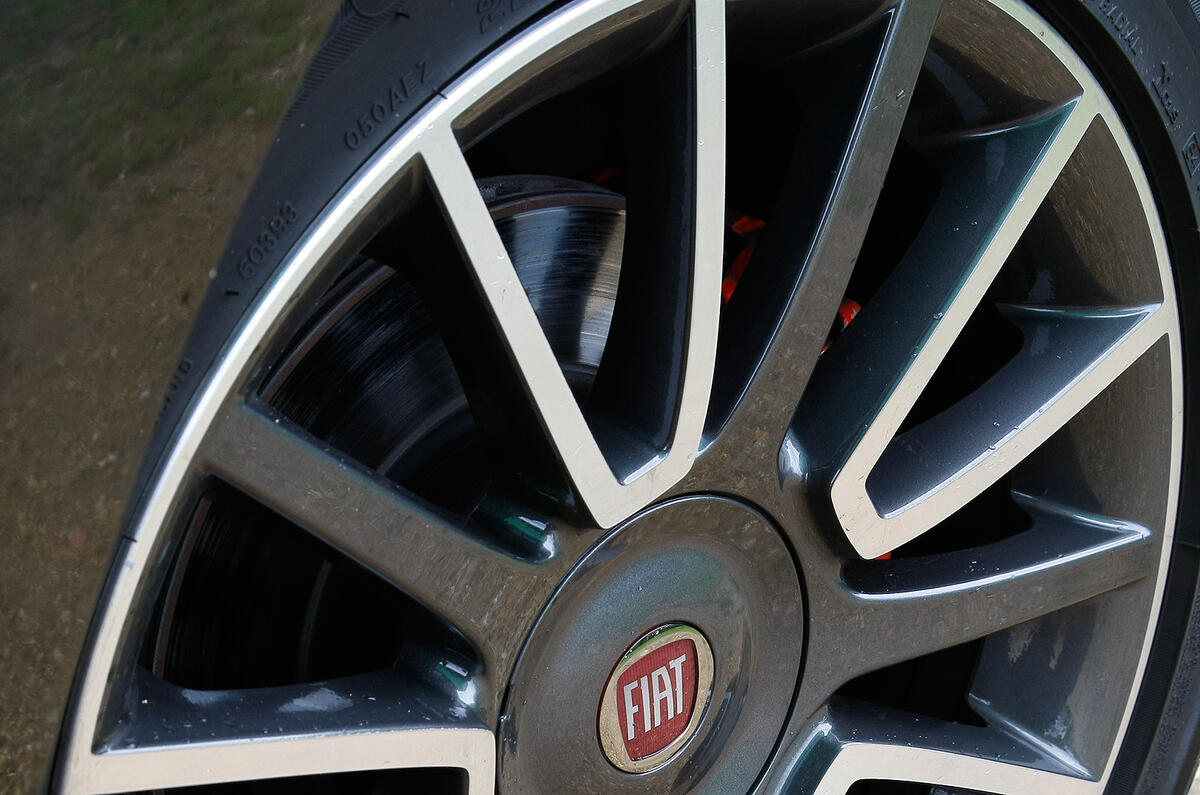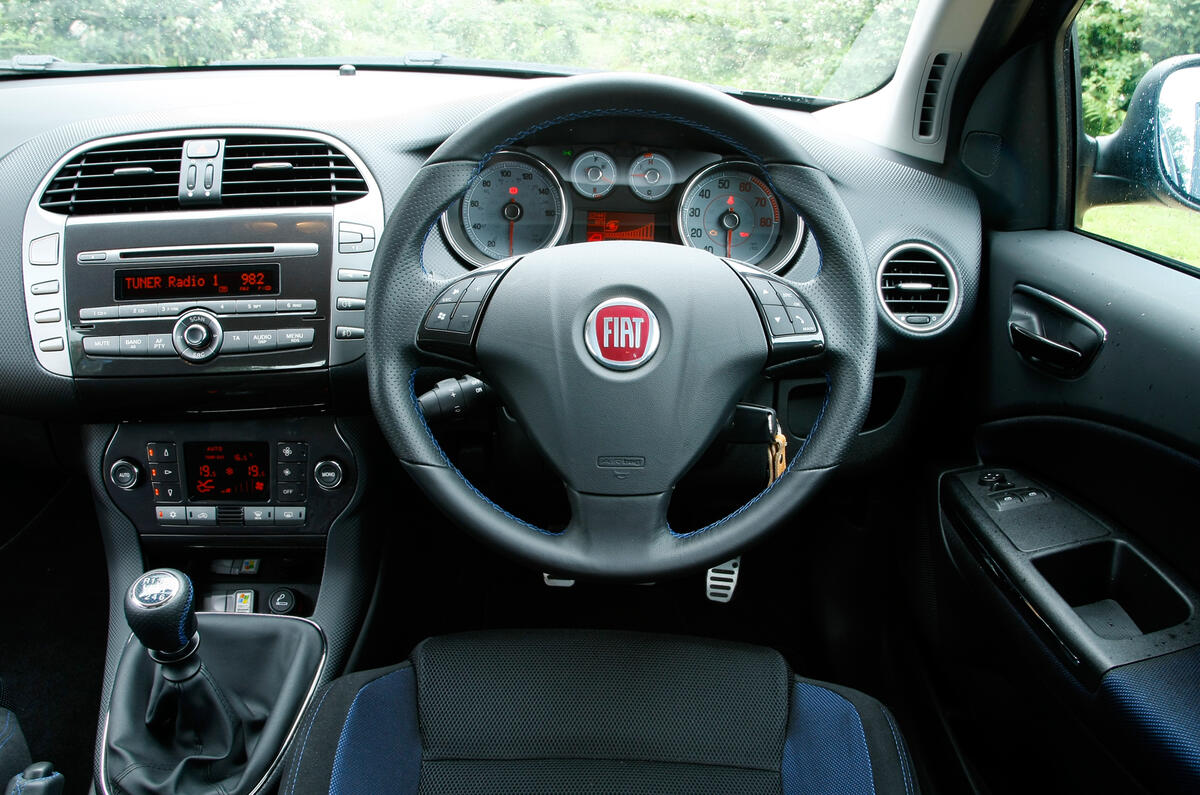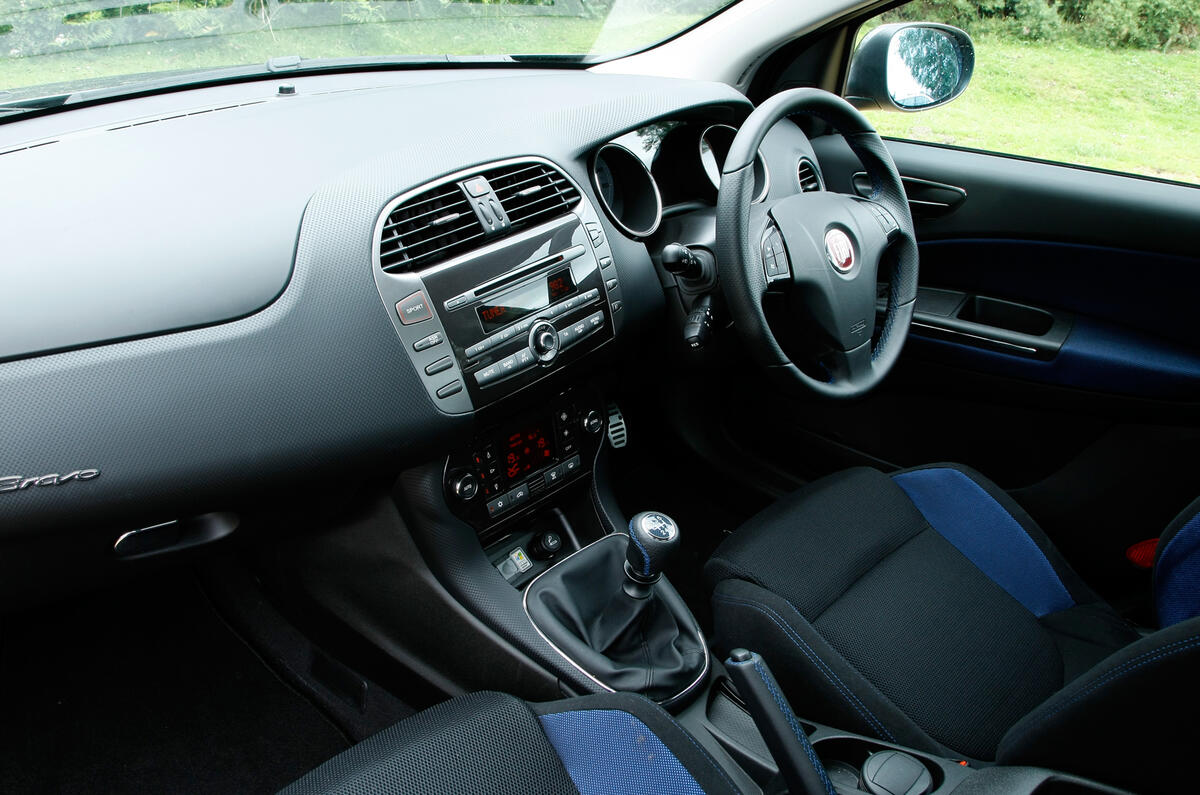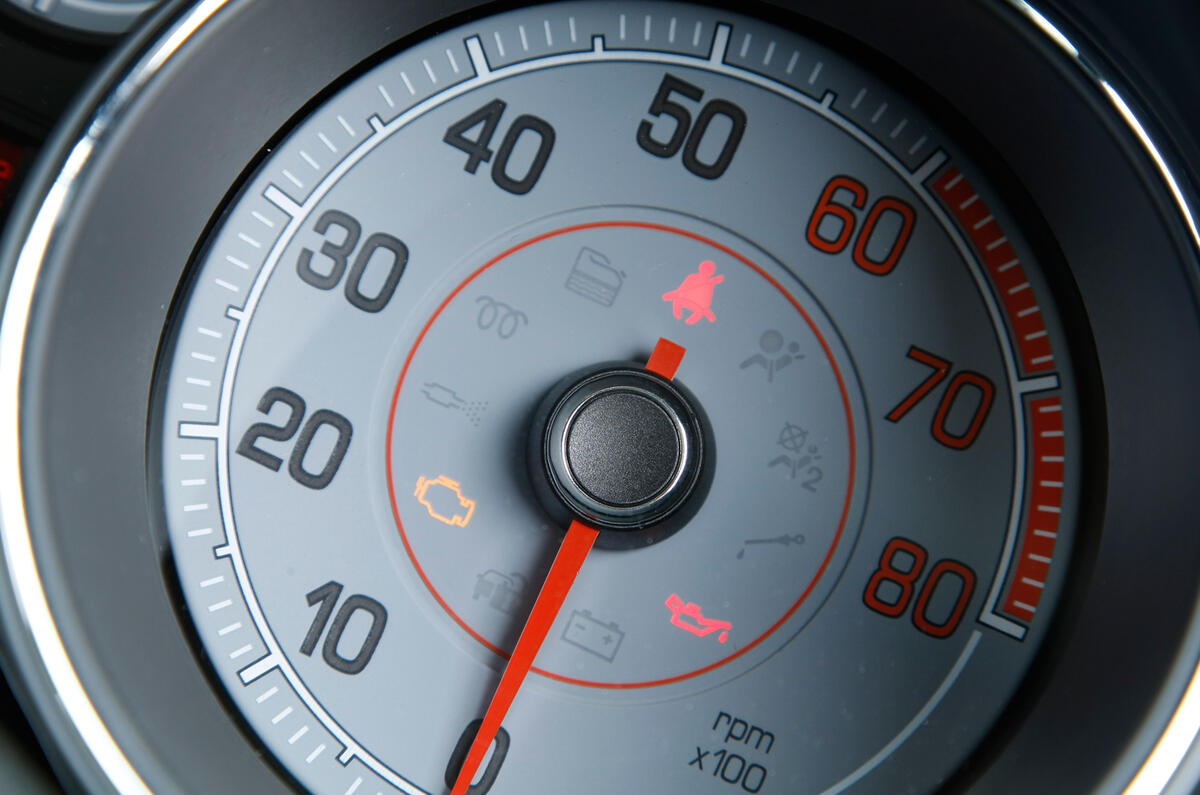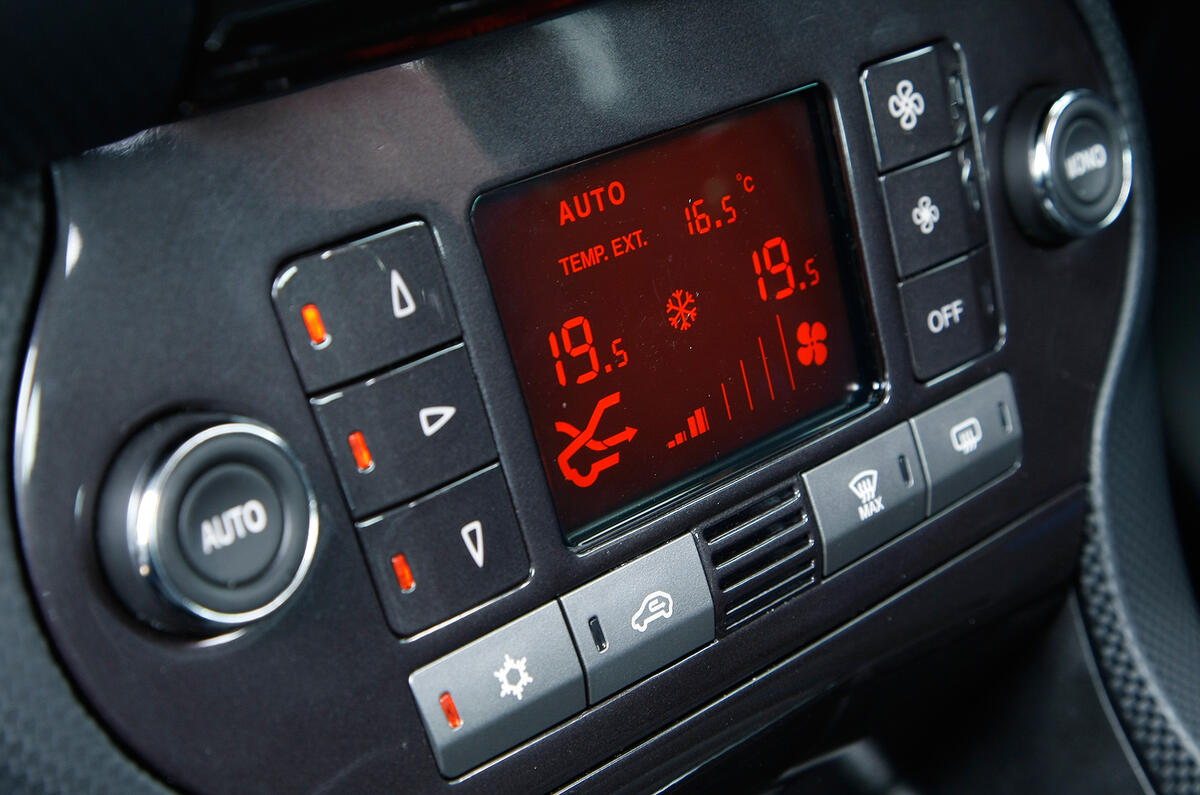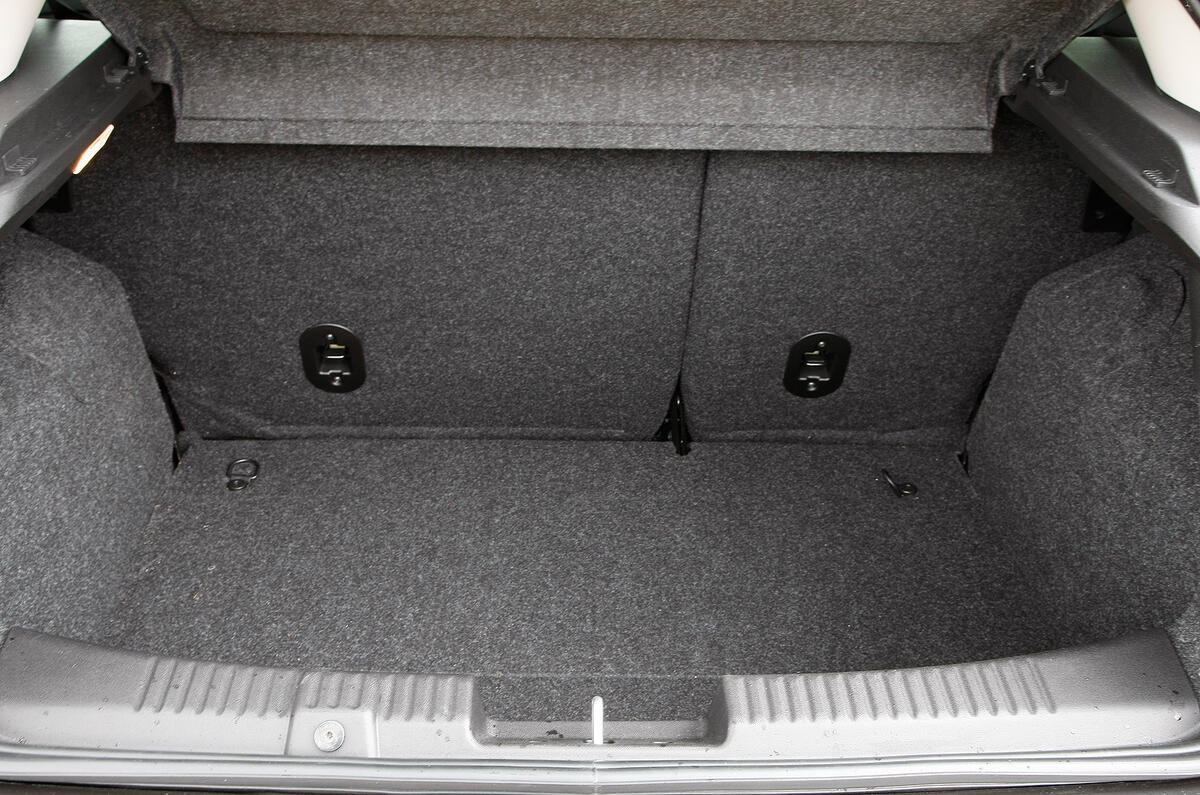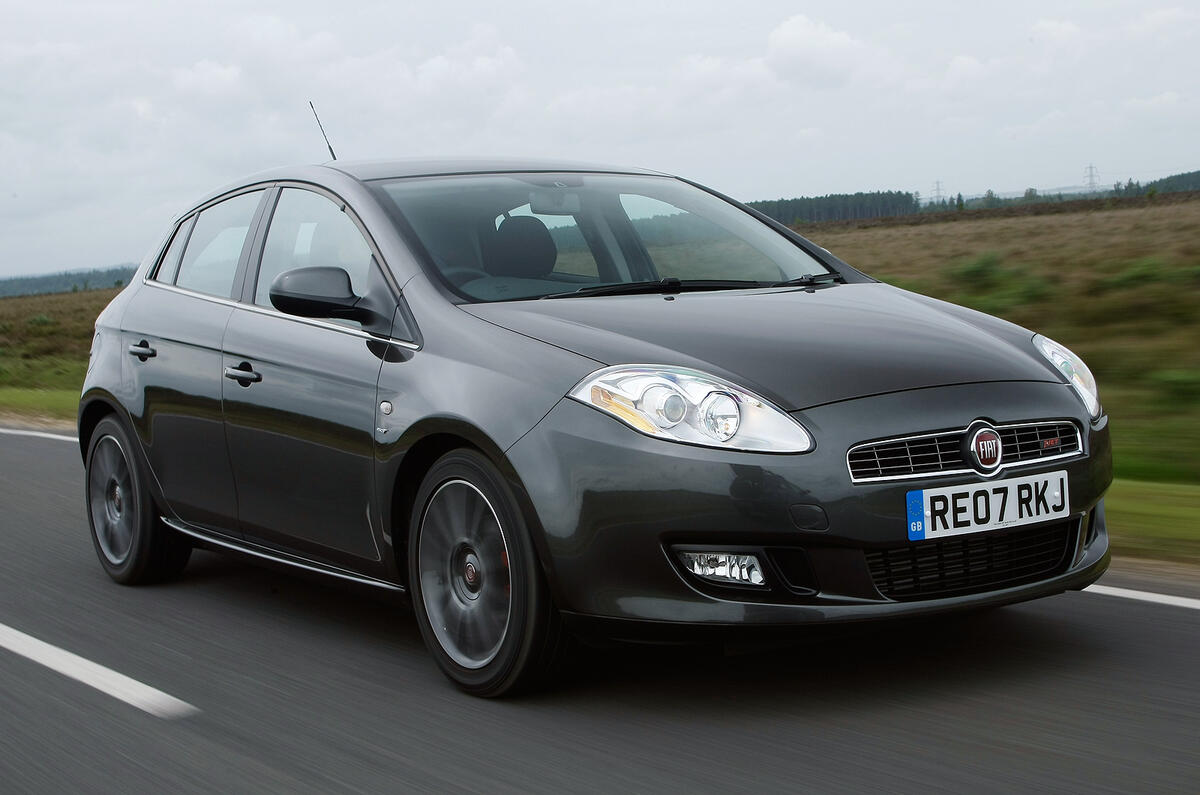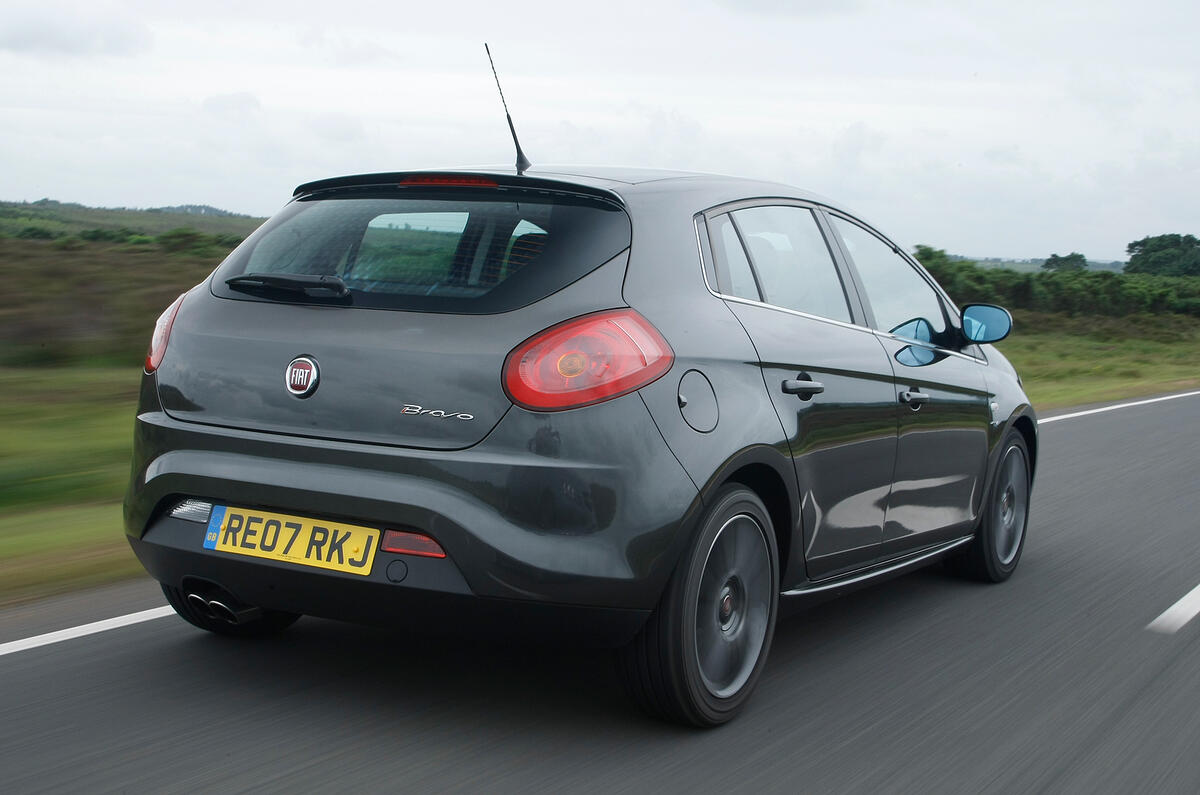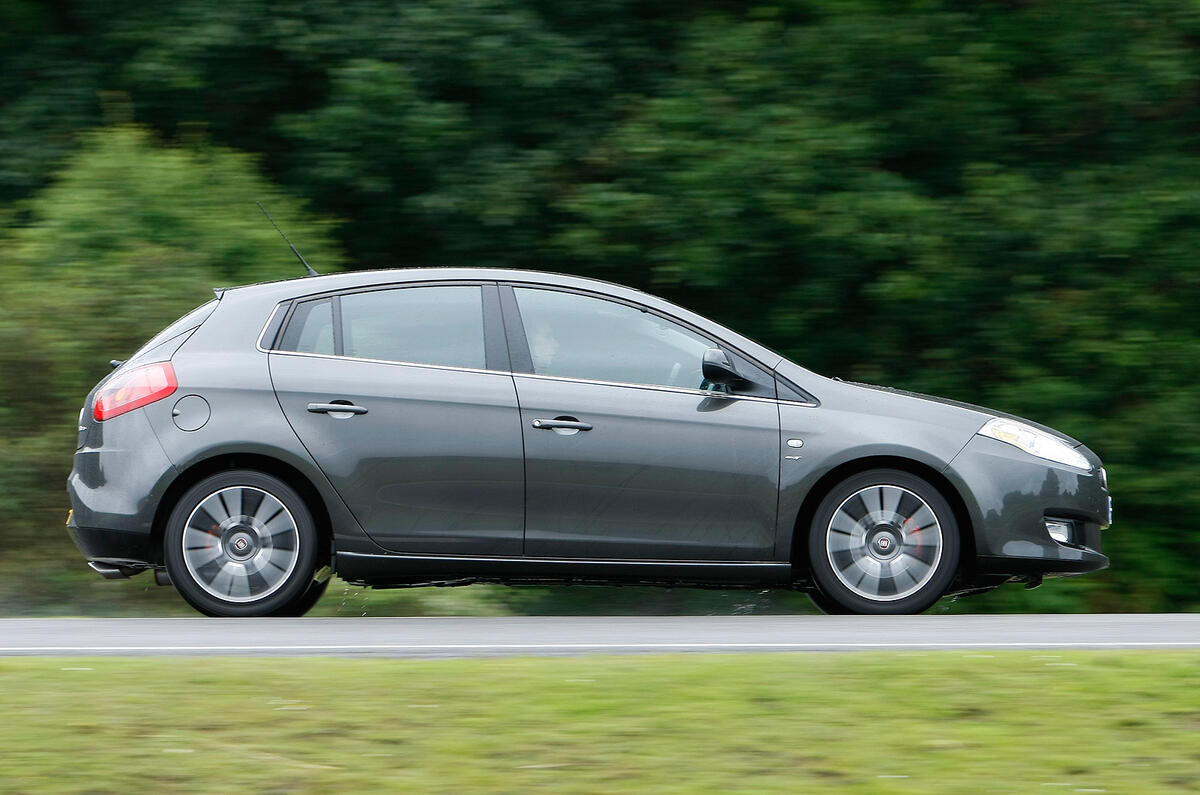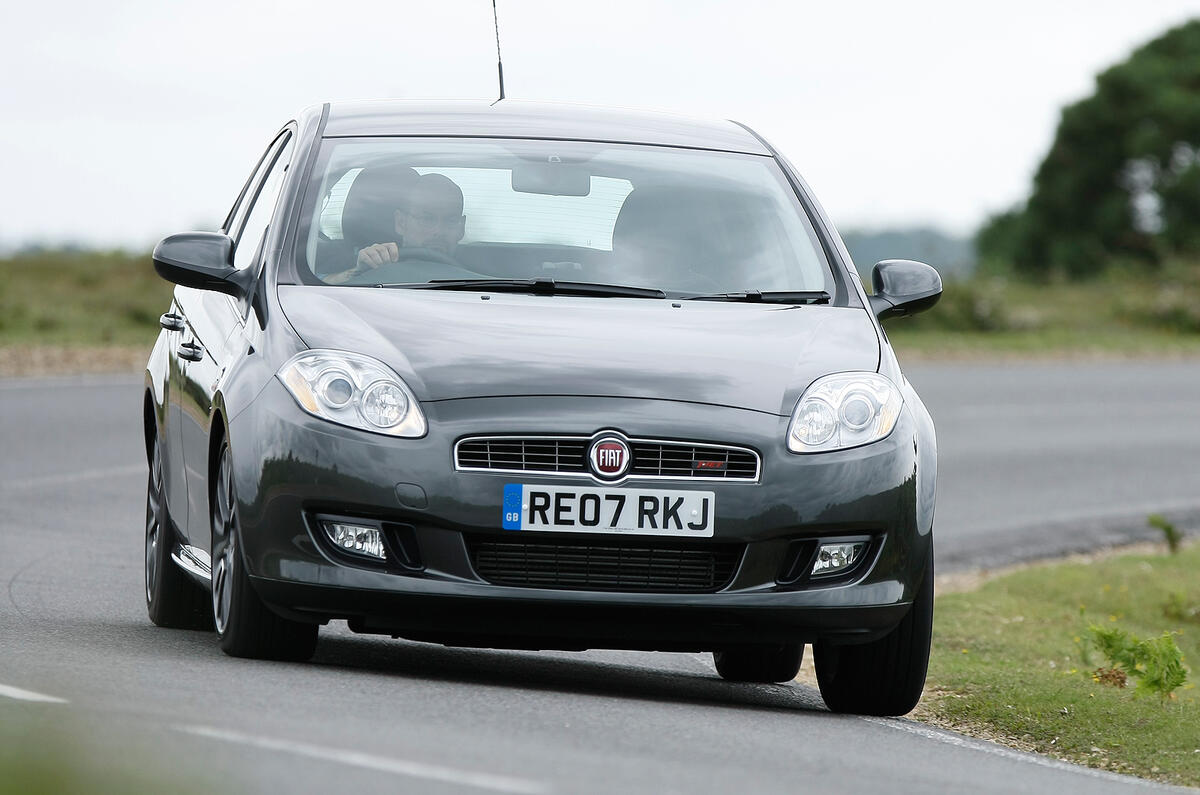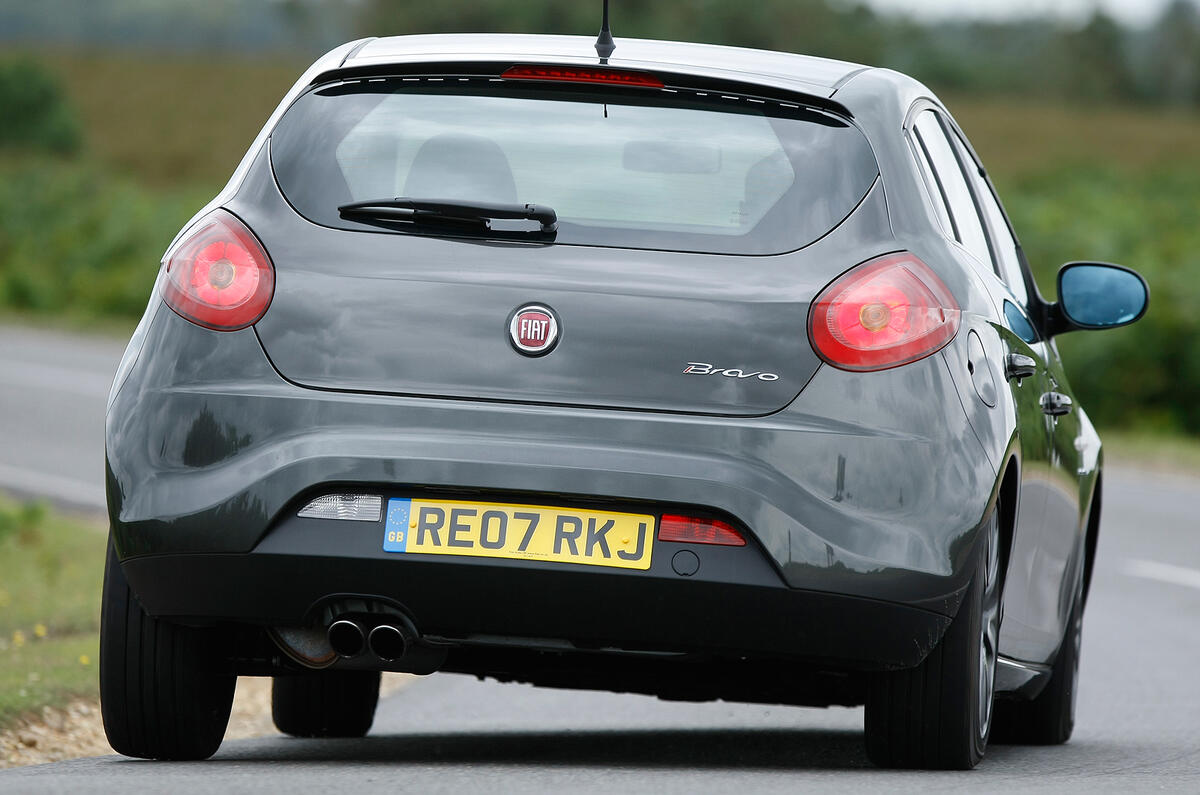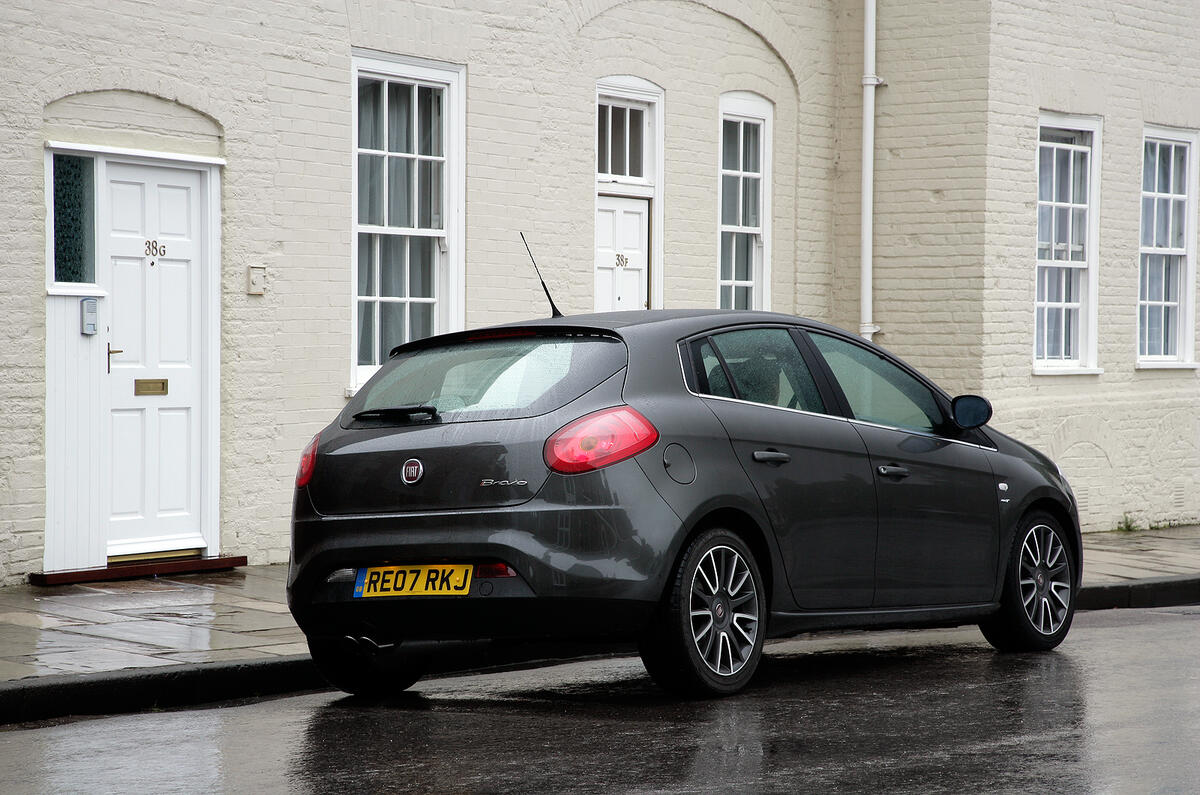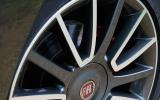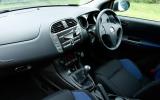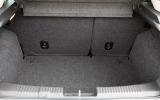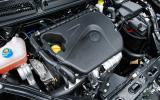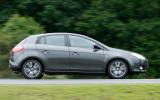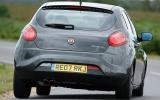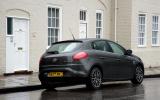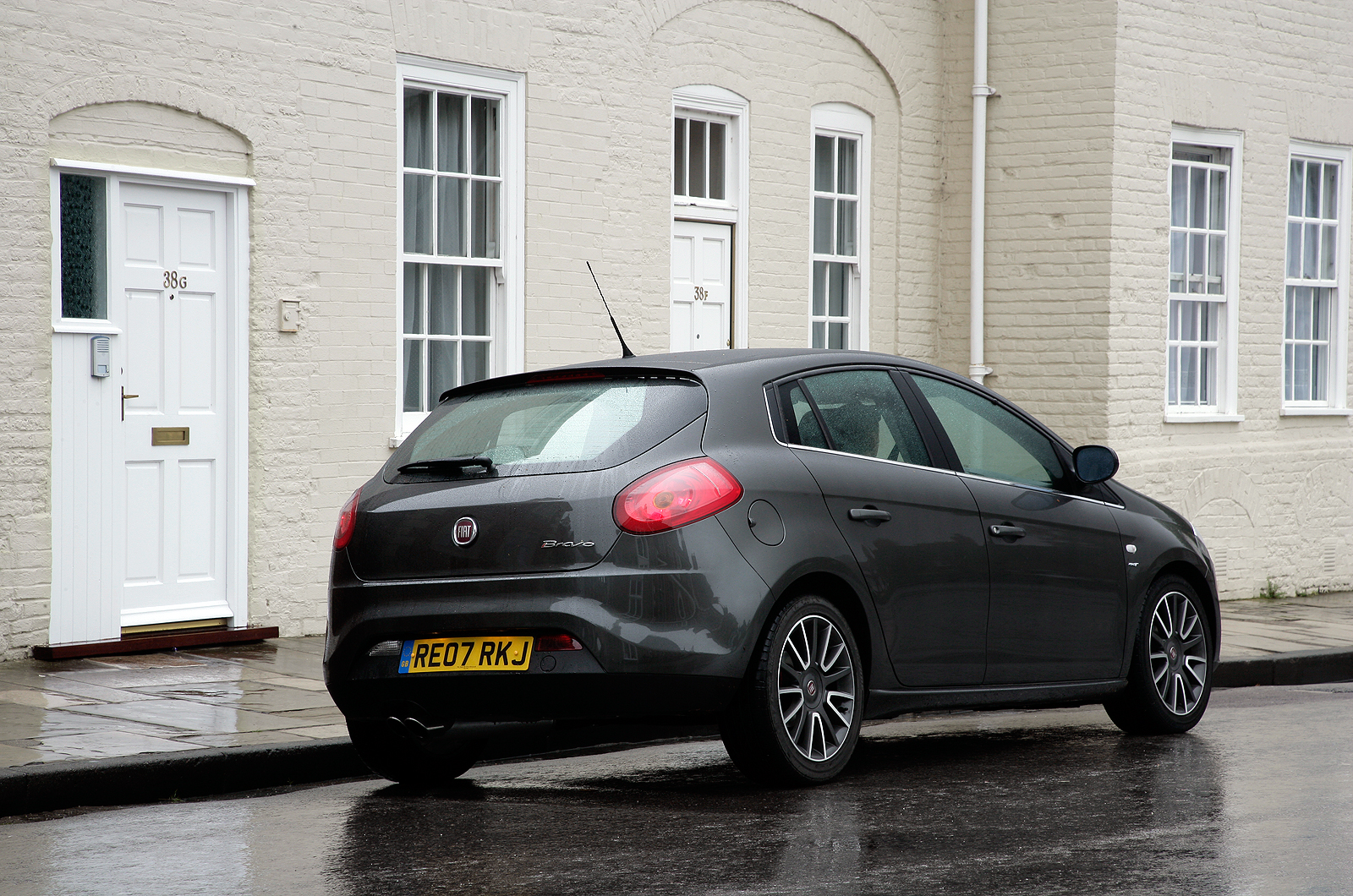When the five-door Fiat Bravo hit the UK market in 2007, it wasn’t so much a debut as a comeback for the Bravo name. Production of the original Bravo/Brava had halted in 2001 but, after the dismal Stilo singularly failed to set the car-buying world alight, in 2007 Fiat dug the Bravo namebadge out of the bottom of the corporate branding drawer.
As far as Fiat is concerned, the revived Bravo is the car to put it back into contention in the hard-fought family hatchback segment. That pitches it against rivals such as the Volkswagen Golf, Ford Focus and Vauxhall Astra, among others.
Potential buyers are almost inevitably lured by the Bravo’s looks. It is probably the sexiest small hatch bar the Mini. It also marks a departure from the dull Fiats that have done so much to undermine the appeal of the brand these past 30 years, because it flaunts some tasteful, sexy Italian flair.
By doing so, it invokes memories of some of the most sensuous and exquisitely crafted cars in the world, from Alfa Romeos and Lancias to Ferraris and Lamborghinis. But does it have the all-round abilities to deliver on those looks in what is probably the most hard-fought car class of them all.
used Fiat Bravo 2007-2014 cars for sale



